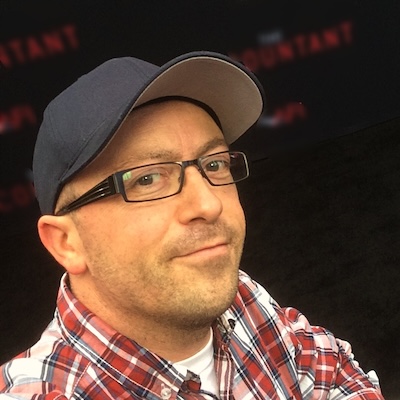Why Ron Howard’s “Eden” Isn’t the Movie You’d Expect – And That’s the Point
Two-time Oscar-winning filmmaker Ron Howard knows that Eden isn’t the kind of movie you’d expect him to make, which is one of the reasons he made it.
Based on real events, it tells the story of a group of outsiders who settle on a remote island in the Galapagos but quickly find out that the biggest danger they face isn’t the environment or the wildlife, but each other. Eden boasts an ensemble cast including Jude Law, Ana de Armas, Vanessa Kirby, Daniel Brühl, and Sydney Sweeney.
Here, Howard, who co-wrote and directed the film, discusses his favorite scene, reveals why the period piece has parallels with the world today, and shares his thoughts on the industry in 2025.
When people think about a Ron Howard movie, they perceive different things. What is a Ron Howard movie in 2025?
I guess it’s Eden, but I’m always looking for movies that can transport an audience, whether that’s through laughter, fantasy, human interactions, where they’re happening, and who they are. Eden is a movie that surprises some people because it’s coming from me. It’s a cautionary tale, a true crime thriller, and the first time I’ve tackled that narrative framework. It’s an interesting collision of characters that happened, making it one of those stranger-than-fiction stories. It was the perfect mix of personalities, motivations, hopes, twists, and turns. It’s like a season of reality television, and a producer couldn’t have cast it better.
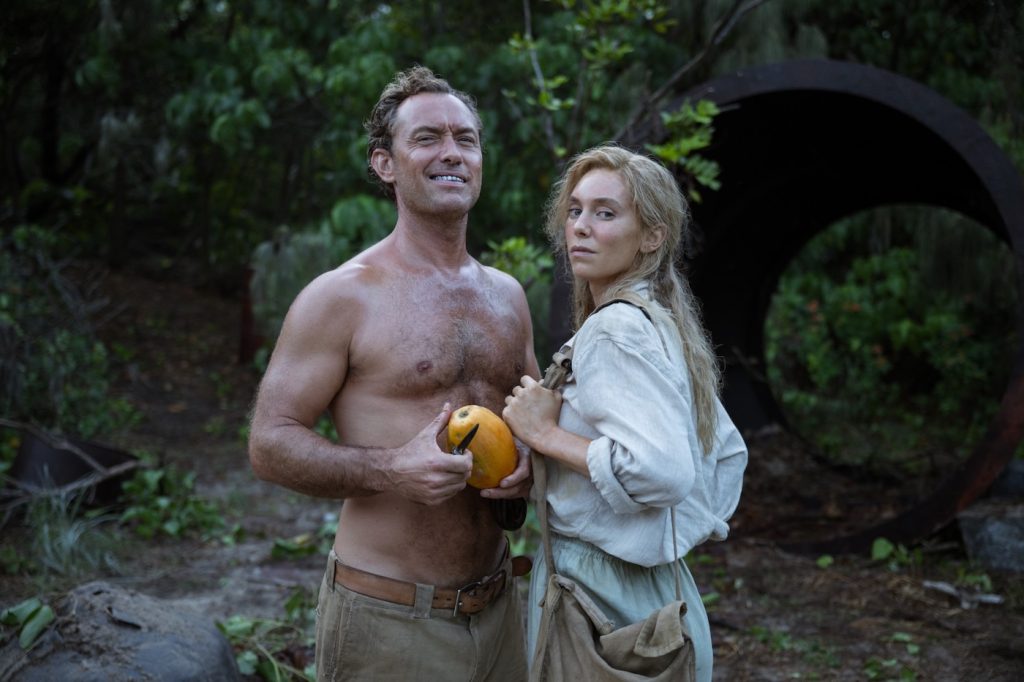
Eden is a period piece, but it has parallels with the world today.
I stumbled upon this story in a museum in the Galápagos Islands. It is an infamous story there, and they had a room dedicated to it. At the time, I didn’t see it as immediately relevant. I saw it as an interesting drama. I was fascinated and intrigued, but I wasn’t ready to make it as a movie, and didn’t necessarily believe audiences would engage with it. As time went on, unfortunately, I began to feel it was more immediately relevant.
You filmed Eden in Australia. Was that decision based on logistics and practicality? Were incentives a factor?
Incentives are a big deal, but I also had a fantastic experience the previous year making Thirteen Lives. That was set in Thailand but shot in Australia for efficiency, financial, and production reasons. I did scout the Galápagos, but we couldn’t film there because it’s a nature reserve. It’s tremendously limited, and it would be wildly expensive. One of the producers, Bill Connor, and I started saying, ‘Didn’t we see this terrain in Australia?’ so we were like, ‘Let’s go check out Queensland.’ We also visited the Canary Islands and scouted Puerto Rico. However, it was in Queensland that we immediately found the kind of desert island foliage. With a bit of set dressing and some set extensions achievable through shooting plates in the Galápagos, it looked right. Combine that with a great tax incentive and an infrastructure of talented people, and we could make our movie there efficiently and effectively.
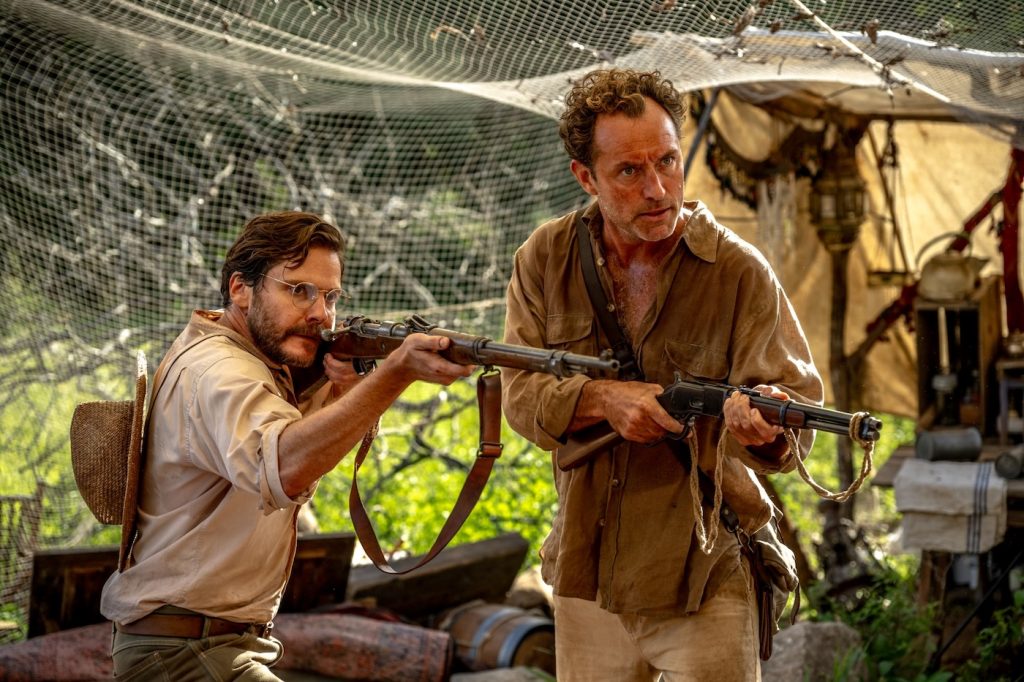
I assume you had a good network of local creative talent.
Oh, yeah. They have a great infrastructure. We transported very few people. The cinematographer, Mathias Herndl, is German, but lives in Vancouver. I worked with him on Genius and liked him very much. I thought he could bring an aesthetic and cultural authenticity. Getting Daniel Bruhl to join us also meant a lot in terms of just the subtleties of German culture.
What is it about Mathias’s eye that made you feel he could capture a contemporary feel with a period hue?
He did a fantastic job. Mathias, Daniel, and composer Hans Zimmer, the three Germans who are close to all of this, kept talking about the psychological pressure people were feeling at that time. You feel it when you visit Floriana. One thing we had to do was find ways to make Queensland less beautiful. We began experimenting and doing camera tests to try to take some of that out of the landscape. Whether it was in a camera movement or the light, because there is very little artificial light in this film, we had to convey that sense of place, but also the psychological element.
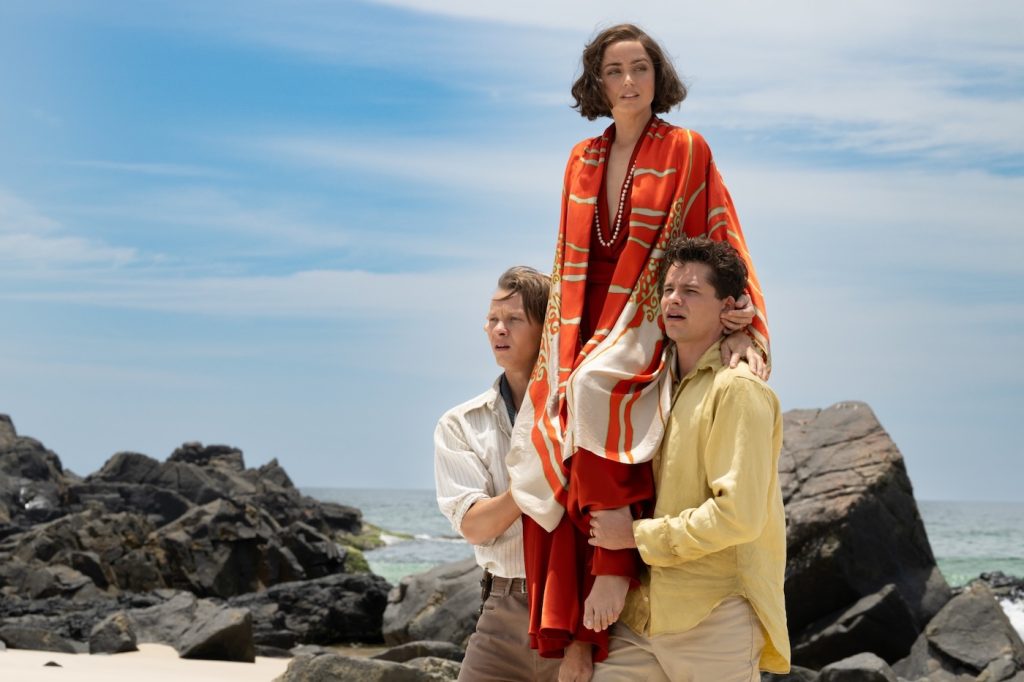
Did you shoot on digital or film? Capturing period colors and tones on digital with natural light can be challenging.
You’re right from a technical standpoint, but we shot digital. It did create a challenge in the Digital Intermediate, but it was something we started on in prep. Matthias was working with the colorist before we ever shot anything for the movie.
That’s not the normal process, right?
No, that’s pretty unusual. We did it because we had to convey changes in the environment. There were storms and a drought, so we needed to transport the audience visually.
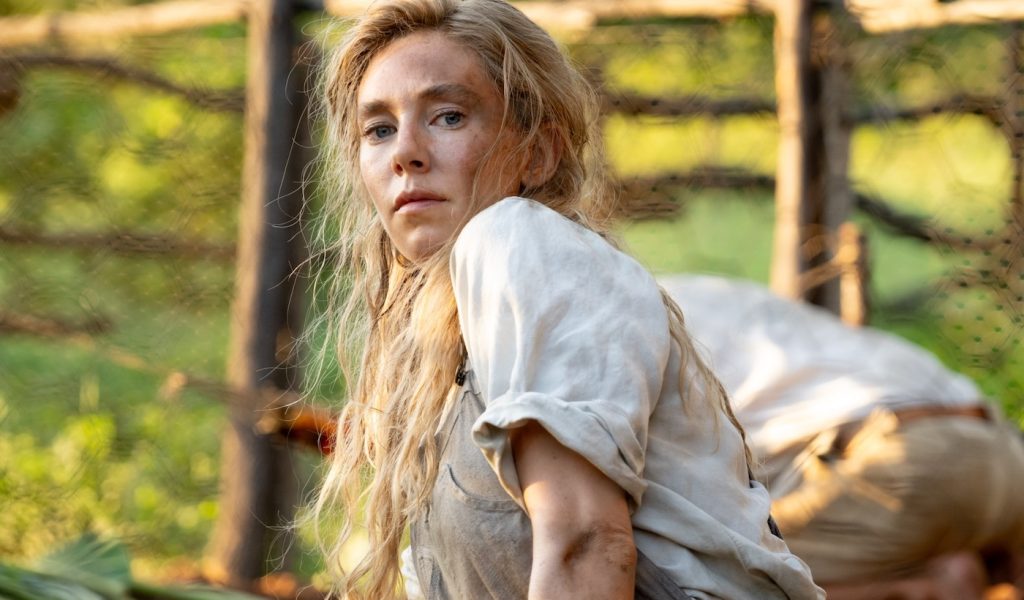
Do you have a favorite scene? I love the scene on the cliff where everybody is in silhouette. It’s reminiscent of 1930s monster movies.
It’s definitely a very gothic moment, and that’s where the story begins to be almost Shakespearean or Greek. It becomes very tragic in powerful ways. My favorite scene was the luncheon. We bring everyone together for a symbolic burying of the hatchet, honoring Ana de Armas’ character. She is larger than life, dreams of being a hostess to the elite through this hotel she’s going to build, and is trying to show herself off. They are all together, simmering, checking each other out, and trying to position for a little more power or leverage. We shot it very quickly, over one day, and there were eight, nine, or ten pages for this confrontation. The psychology of it, what the actors brought to the scene, and the way we had to approach it visually, made it one of my favorites to stage and shoot.
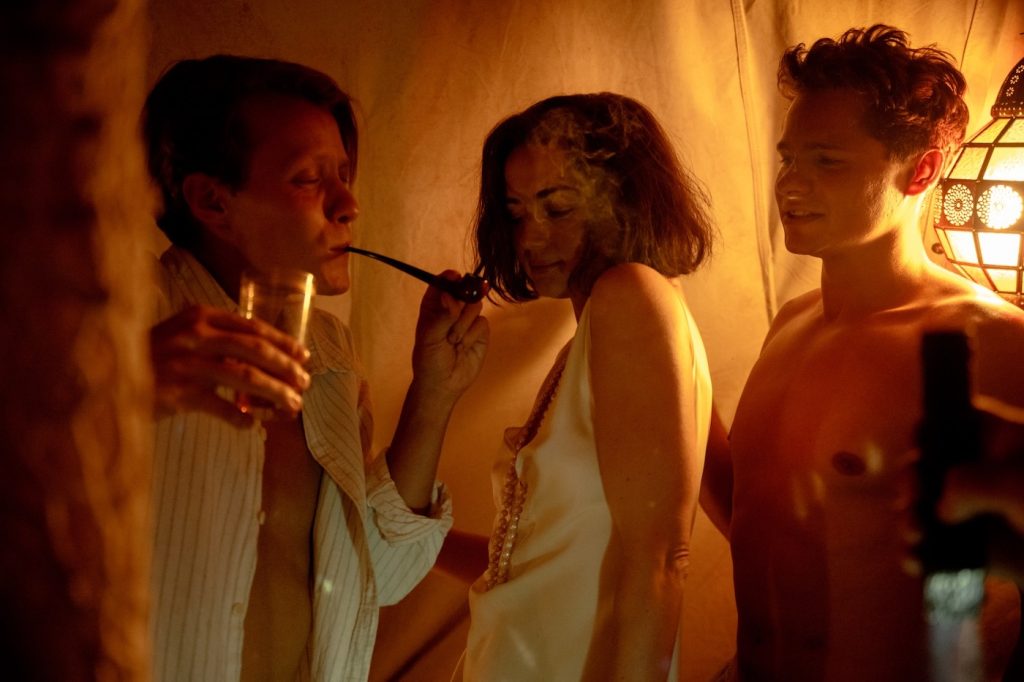
G. Allen Hancock, an incredible character, is dropped into this. He’s a huge part of LA and Hollywood history whose life story would make a great movie.
I couldn’t believe this was the same Hancock of Hancock Park and La Brea Tar Pits fame, but in his era, he was very important to the growth of Los Angeles. At that time, if you were the wealthiest of the wealthy, you couldn’t think about going to space or diving deeply under the ocean, but you could outfit a yacht and go on expeditions, and that’s what some of these guys did. Hancock was dedicated to that. You can go online and see so much about the island of Floreana and these people, because he had a camera team with him, and he shot extensively. He even made a tongue-in-cheek silent movie starring the Baroness, Ana de Armas’ character. All of that informed our film and gave the actors a lot to build upon.
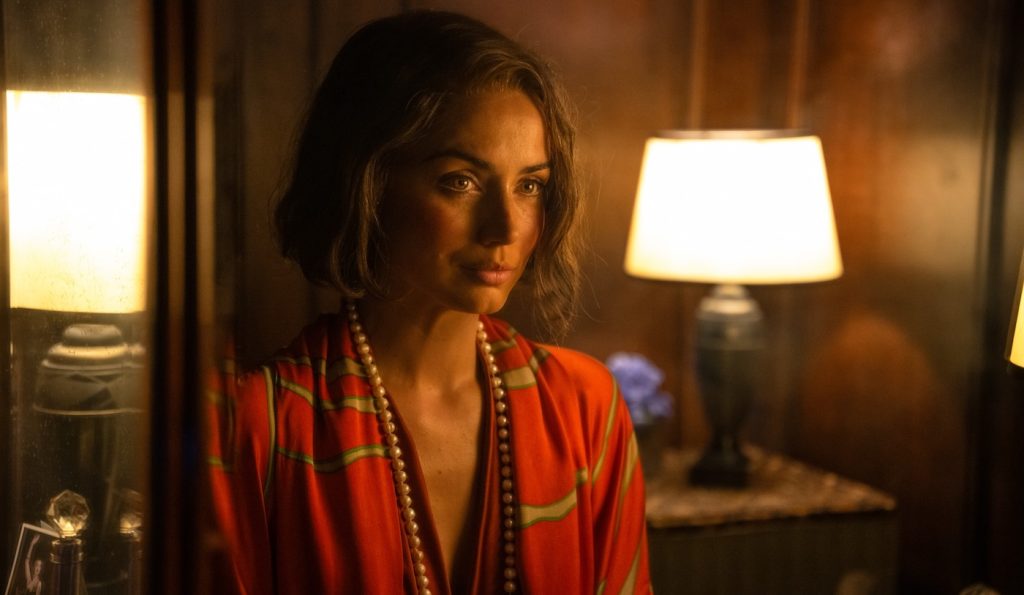
What is the Ron Howard sniff test of the industry right now?
It’s definitely in a period of upheaval and transformation, but there are great creative opportunities out there. It’s a struggle to get things made, but if you’re determined, you can find a way to make almost anything. The new tools and technology are presenting a lot of questions, but also a lot of opportunities for filmmakers to think about ways to get their ideas onto screens. When it comes to distribution systems, it’s anyone’s guess as to how that’s going to continue to evolve, so it’s a difficult time to figure out what to invest in. However, it’s a great time to be making cinema. Long form, short form, big screen, small screen, it’s all cinema. It’s all using that language. It’s more meaningful than ever. It’s part of everyone’s regular life. So, as a career storyteller and filmmaker, that’s encouraging to me, even though the industrial part of it remains a question mark, and is going to be a challenge.
2025 is the 40th anniversary of Cocoon. Would you revisit it?
Cocoon is caught up in some sort of legal quagmire, so it’s hard to get. You can’t find it anywhere, and it’s very frustrating. I’ve consulted with various business affairs executives, but I still don’t fully understand why it’s so difficult to find and why it’s tied up. Friends of mine are constantly asking me about it and saying, ‘I want to show my kids Cocoon, but I can’t find it.’ I think the best you can do is go on eBay and buy an old DVD. If someone came to me with an idea of how we could further explore those characters, or characters like them, I’d be open to it. It was a turning point for my career. It was my first big-screen movie that demanded special effects and had to be cinematically potent. I’m very proud of it, and it’s one of my favorites in my filmography. This year is also the 30th anniversary of Apollo 13, and we’re going to have an IMAX rerelease, which is thrilling.
Eden is in theaters now.
Featured image: Director Ron Howard on the set of ‘Eden.’ (Courtesy of Vertical/Jasin Boland)

